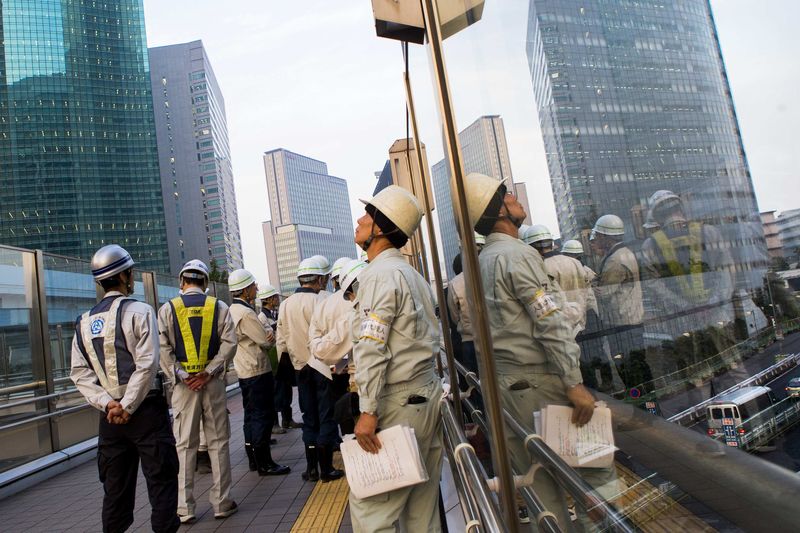Street Calls of the Week
(Bloomberg) -- The basket of goods and services that make up the Bank of Japan’s core inflation gauge is chock-full of items that it has little chance of influencing, undermining the effectiveness of monetary policy as debate rages over the BOJ’s 2 percent price target.
Japan relies heavily on imports for its energy requirements, leaving it highly exposed to swings in oil prices, which are a key driver of its core consumer price index.
Another large chunk is comprised of prices for things that typically require a nod from the government before they can rise, like hospital charges, public housing and train fares. Needless to say, politicians are loathe to back higher prices in these areas given years of wage stagnation in Japan.
As a typical example, this has resulted in a subway journey from Tokyo station to the bustling shopping district of Shibuya costing just 200 yen ($1.80) -- the same amount it did five years ago. A comparable trip in London from Canary Wharf to Piccadilly Circus on the Tube costs the equivalent of about 710 yen in cash and has risen almost 4.3 percent over the same period.
To make matters worse, some prices typically outside the government’s sphere of influence are being jawboned lower by politicians. The chief cabinet secretary has called for price reductions of 40 percent in mobile phone charges, an outcome that would shave another 0.9 percentage points off inflation.
Ironically for the BOJ, its ultra-low interest rate policy keeps mortgage rates down, depressing the rental component of CPI, which makes up more than 18 percent of the basket.
Since inflation clawed out of a hole in 2017, energy has contributed an average of 0.46 percentage points of price gains while prices controlled or influenced by the government have provided almost no help to BOJ Governor Haruhiko Kuroda.
The central bank has noted that in contrast to the inertia of government-linked prices and rent in Japan, comparable prices and rents in the U.S. have contributed significantly to inflation.
All this matters hugely to Japan, given that the central bank’s aggressive monetary campaign is geared to reaching the 2 percent target and the negative side effects of the policy are piling up.
Freya Beamish, chief Asia economist at Pantheon Macroeconomics, recently flagged some of the elements of inflation that are beyond the BOJ’s control. She expects the most likely way out is for the BOJ to stick with the rhetoric of its target while operating policy as if the goal is lower.
If she’s right, that will please Finance Minister Taro Aso, who this month began pushing the BOJ to think more flexibly about the target.
